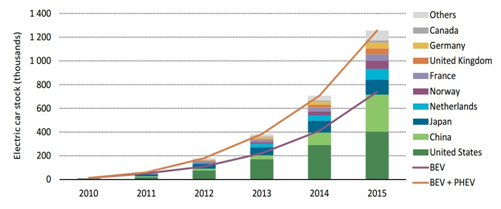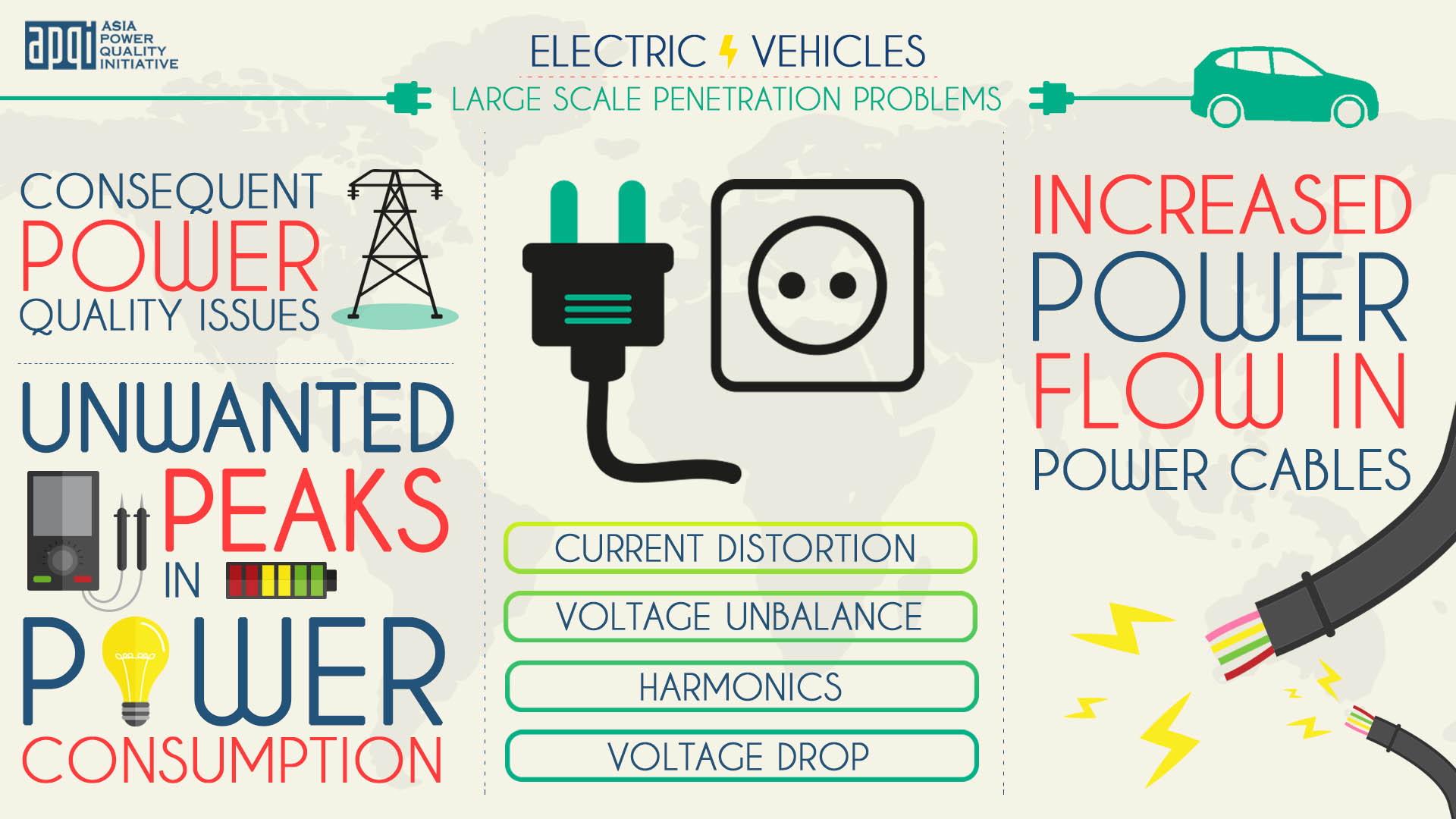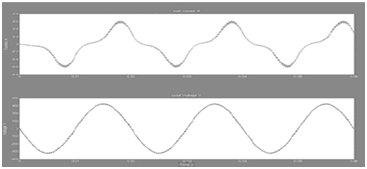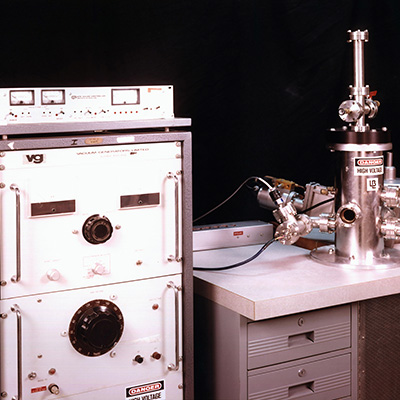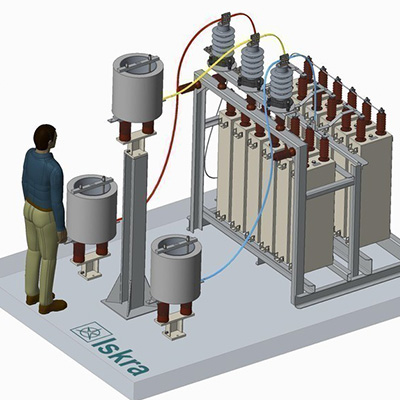Published On: Jul 24, 2017
|
The rapid adoption of electric vehicles (EVs) envisaged in Indian mobility eco system is likely to give rise to power quality issues that need to be addressed, before they cause disruptions in the power grid and increase the DISCOMs woes. Around the world, governments are engaging in initiatives to reduce carbon emissions. Among the technologies being utilised in these interventions are electric/ hybrid electric vehicles (EVs/ HEVs). India is also aggressively working towards putting an all-electric car fleet on the road by 2030.The objective is to reduce the fuel import bill and running cost of vehicles. |
Figure 1. Electric car stock in different countries |
Schemes are being formulated to allow citizens to purchase EVs on zero down payment, so they don’t have to pay out of their limited savings on expensive fossil fuels.
Global investment in EVs is trending. While not yet mainstream in India, the segment is gaining attention of both domestic and foreign investors. Indications point to a growing momentum and a possible disruption.
|
According to EY estimates, India currently has 0.4 million two-wheeler EVs, 0.1 million e-rickshaws, and a few thousand electric cars. Miniscule numbers compared to the petrol and diesel powered automotive fleet in India, which increased by 20.5 million in FY16 alone. However, the Indian EV industry saw sales figures grow by 37.5% in FY 2015-16. The expectation from growth of the EV market in India is a net positive economic impact, of approximately INR 200 billion, on the Power and Utility sector by 2022. Recently, leading utility vehicle manufacturer Mahindra, and app-based taxi service provider Ola Cabs, agreed to partner with the Indian government to build the country’s first electric mass mobility ecosystem. This first-of-its-kind programme will bring vehicles across different segments, including e-buses, e-cabs, and e-rickshaws together on a single platform, the Ola app. The pilot project is commenced in Nagpur with 200 electric vehicles and 50 plus charging stations across four strategic locations. The project will change the automotive and transportation landscape in the country with the bait of better cost economics. |
Source: httpmedia.licdn.com |
Adequate charging infrastructure is required in anticipation of EV adoption. This will instill faith in consumers, leading to wider adoption of EVs, as it will tackle key consumer barriers regarding the range and convenience of electric vehicles. A deficient charging infrastructure for EV will prove detrimental to the growth of the sector, and EVs may fail to reach their full potential.</td?
A large-scale penetration of EVs may negatively affect distribution networks diversely, because of their high demand of electrical energy. It may lead to unwarranted peaks in power consumption and consequent power quality issues, including increased power flow in power cables, transformer overloading, voltage drop, voltage unbalance (VU), harmonic contamination and more.
|
Some of the potential PQ problems that could arise when integrating EVs with the grid are:
|
Figure 2. Filtered EV grid current and voltage for a fault condition within the converter |
- Converter manufacturers claim that their converters produce good power quality (mainly with regard to harmonics and power factor), both in charging and regeneration modes. Hence, no significant PQ issues would appear to arise during normal operation of the system. However, actual usage indicates that PQ problems will arise when the interface device malfunctions. The figure below shows the filtered EV grid current and the voltage for a fault condition within the converter.
-
Voltage Unbalance
- Voltage unbalance in the low voltage distribution network is another power quality disruption caused by EVs. This voltage unbalances / imbalances are caused by unsymmetrical consumption and production, with a resultant greater system power loss, interference with the protection systems, degradation of components’ performance, and overheating, possibly to the point-of-burnout.
- The imbalance mainly affects three-phase components, such as transformers, synchronous machines and induction motors, which are designed to keep all three phase windings carefully balanced.
- Therefore, it becomes critical that voltage unbalance in a circuit be quickly identified and dealt with, for a trouble free operation of the power system and the connected loads.
-
Harmonics
- Harmonic distortions are also caused by EV battery chargers in the power systems. The potential for increase in harmonic distortion level escalates with increasing penetration level of EVs. While the HV system may be able to cope with the extra EV charging load, the LV infrastructure will be significantly stressed and is bound to affect the reliability of network assets (e.g. transformers).
- There is a strong correlation between harmonic levels and the EV charging routines. A quick charging rate will cause significant voltage harmonics and losses, violating the standard limits. There will also be transformer overloading if charging is concentrated at peak times. So, it is recommended that engineers execute charging routines at off-peak load times to avoid the high load peaks and maintain a smooth load profile.
A de-centralized voltage dependent charging strategy, which requires only local voltage measurements, can be used for mitigating the low EV-induced voltages. In other words, EV charging power can be modulated in accordance to local voltage measurements to compensate the voltage unbalances and improve the overall power quality.
Deployment of different charging strategies and the use of voltage controllers can dampen the effect of these PQ issues in the network, and mitigate voltage unbalances.
There needs a change in existing market propensity in India to opt for cheap equipment in pursuit of quick exploitation of rising business potential in EV sector.
Lastly, implementing standards and regulations from the initial stage will also be a key controlling factor to maintain PQ. Therefore, with appropriate control and communication with the grid, EVs could be designed to operate smoothly, as part of a ‘smart grid’ to provide ancillary services such as supply/demand matching and voltage/frequency control.
CONCLUSION
A massive adoption of electro-mobility is expected to lead to potentially disruptive PQ problems for existing power networks. High penetration of EVs will most certainly lead to high levels of harmonic pollution in future power systems.
Under certain operating conditions, it may also lead to voltage unbalance, which is unlikely to exceed the statutory limit, if EVs are reasonably distributed among the three phases.
EV interface devices may be designed to minimize or even eliminate the effects of EVs on the network. Thus, EVs will become an integral component to the operation of the grid, and therefore their power quality impacts must be thoroughly analyzed. If left unaddressed, the rise of the electric vehicle can further the Power Quality woes of the Indian discom. It is better said “A stitch in time saves nine”; so utilities will do well to address this aspect while getting ready for EV regime.
REFERENCES
- “The Future of Electric Cars” by Nicholas Roche
- “Management of Power Quality Issues in Low Voltage Networks using Electric Vehicles: Experimental Validation” by Martinenas, Sergejus; Knezovic, Katarina; Marinelli, Mattia. Publication date: 2016
- “100% electric vehicle mobility by 2030: Is India really prepared for it?” by Published on April 6, 2017 at indianexpress.com
- “India eyes all-electric car fleet by 2030, says Piyush Goyal” Published on Apr 30 2017 at livemint.com
- “Electric vehicles adoption: Potential impact in India” by EY
- “Global EV Outlook2016” by INTERNATIONAL ENERGY AGENCY
- “Impact of Electric Vehicle Charging on Voltage Unbalance in an Urban Distribution Network” by Azhar Ul-HaqEmail, Carlo Cecati, Kai Strunz, Ehsan Abbasi. Published on 29 May 2015
- http://www.cired.net/publications/cired2011/part1/papers/CIRED2011_0167_final.pdf
